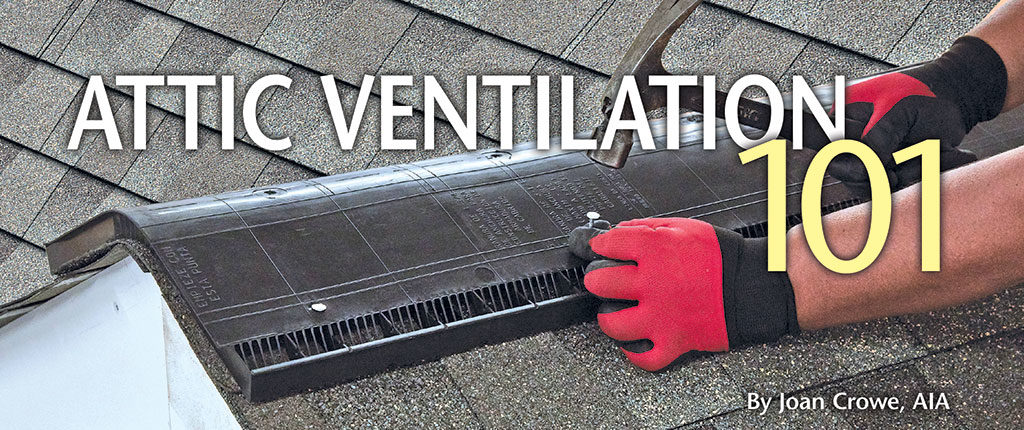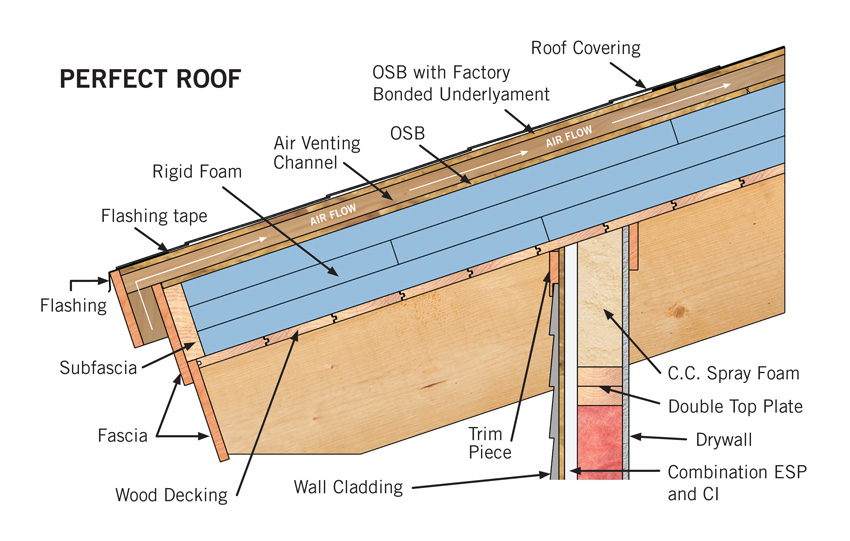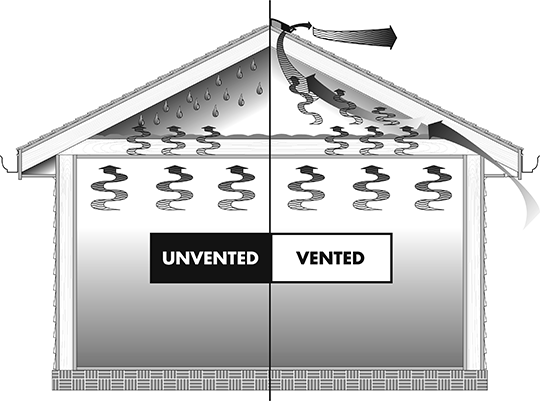Theinternational building code 2012 edition ibc 2012 requires enclosed attics and enclosed rafter spaces formed where ceilings are applied directly to the underside of roof framing to have cross ventilation for each separate space.
Ibc roof ventilation requirements.
Proper attic ventilation consists of a balance between air intake at your eaves soffits or fascias and air exhaust at or near your roof ridge.
The primary roofing chapter in the irc is chapter 9 roof assemblies.
Federal housing authority recommends a minimum of at least 1 square foot of attic ventilation evenly split between intake and exhaust for every 300 square feet of attic floor space.
For help finding them see our quick roofing guide to the ibc.
The international codes i codes are the widely accepted comprehensive set of model codes used in the us and abroad to help ensure the engineering of safe sustainable affordable and resilient structures.
The net free vent area nfva shall not be less than 1 150 of the area of the space being vented.
1202 4 under floor ventilation the space between the bottom of the floor joists and the earth under any building except spaces occupied by basements or cellars shall be provided with ventilation in accordance with section 1202 4 1 1202 4 2 or 1202 4 3.
However many other parts of the code deal with aspects of roofing.
Ventilation openings shall have a least dimension of 1 16 inch 1 6 mm minimum and 1 4 inch 6 4 mm maximum.
Enclosed attic spaces for buildings that fall under the ibc are required to be ventilated.
The international code council icc is a non profit organization dedicated to developing model codes and standards used in the design build and compliance process.
These spaces are formed where ceilings are applied directly to the underside of roof framing members.
Enclosed attics and enclosed rafter spaces formed where ceilings are applied directly to the underside of roof rafters shall have cross ventilation for each separate space by ventilating openings protected against the entrance of rain or snow.
Enclosed attics and enclosed rafter spaces formed where ceilings are applied directly to the underside of roof rafters shall have cross ventilation for each separate space by ventilating openings protected against the entrance of rain or snow.
Most requirements for roofing and thermal efficiency in ibc are contained in chapter 13 energy efficiency or chapter 15 roof assemblies and rooftop structures however chapter 12 interior environment addresses among other topics ventilation and temperature control.




























